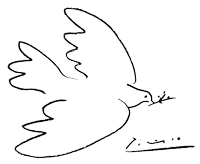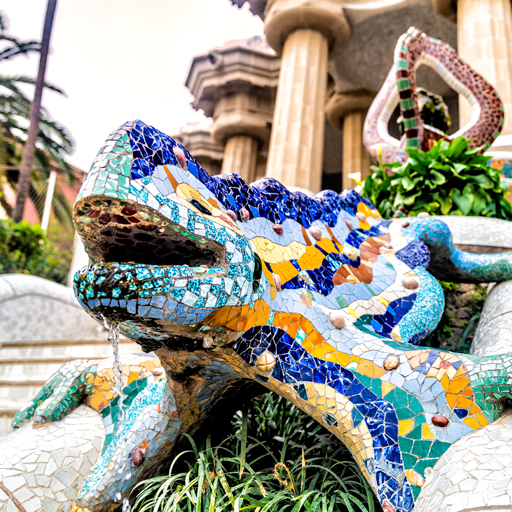



STOP NO. 1: BARCELONA
Barcelona is the capital of Catalina and is famous for its rich culture marked by Spanish and European influences. A must-see place is Las Ramblas — the center hub of city life. This main thoroughfare is iconic for the green trees that line each street and is full of shopping, street entertainment and food. It’s the perfect place to get a preview of Catalan history and taste the region’s famous tapas. But food is just the beginning.

Modernism roots
Many distinguished artists began their callings in Barcelona, including surrealists Salvador Dalí and Joan Miró, as well as modern painter and sculptor Pablo Picasso. Barcelona was certainly cherished by Picasso. It’s here where he developed a passion for the arts and learned how far he could take his talent. His tenacious attitude is what propelled him forward and turned him into a world-renowned artist most famous for breaking up artwork and reassembling it in abstract form (also known as cubism). With approximately 50,000 pieces of artwork, Barcelona is subsequently home to many of Picasso’s finest galleries.


Architecture wonders
While roaming the streets of Barcelona, you will notice the unique city vibe, mainly because of the surrounding architecture. Antonio Gaudí’s work certainly reflects an individualized and distinct style. Under the influence of oriental techniques and neo-Gothic art, Gaudí surpassed mainstream modernism, ending in an organic style inspired by nature. It’s the personal boldness of Gaudí that gives the city streets of Barcelona such imaginative character.

Sagrada Familia
The church of the Sagrada Familia has been commonly recognized as the worldwide symbol of Barcelona, making it the most visited site in Spain. This monumental church is Antonio Gaudí’s most famous work. Building began in 1883 and Gaudí dedicated his life — he even took up residence in his onsite study — to the creative brilliance of the church. Construction was interrupted in 1926 due to Gaudí’s sudden death, and 10 years later, his sketches were burned during the Spanish Civil War. Very few drawings remained, but the project resumed and has been under construction ever since. Today, the completed part of the church is open to tourists and the four eminent towers can be climbed for far-reaching city views.
Park Güell
Park Güell is another one of Gaudí’s masterpieces. It’s original intent was to be a real estate project, but it turned into being a prominent park within Barcelona. The concept was radical for its time because rather than leveling the ground, Gaudí created a network of roads that followed the contours of the land and carved chambers and viaducts into the property. But with only two homes built, the city council later converted it to a public park. It’s certainly one of the more inventive and whimsical places in the world.
